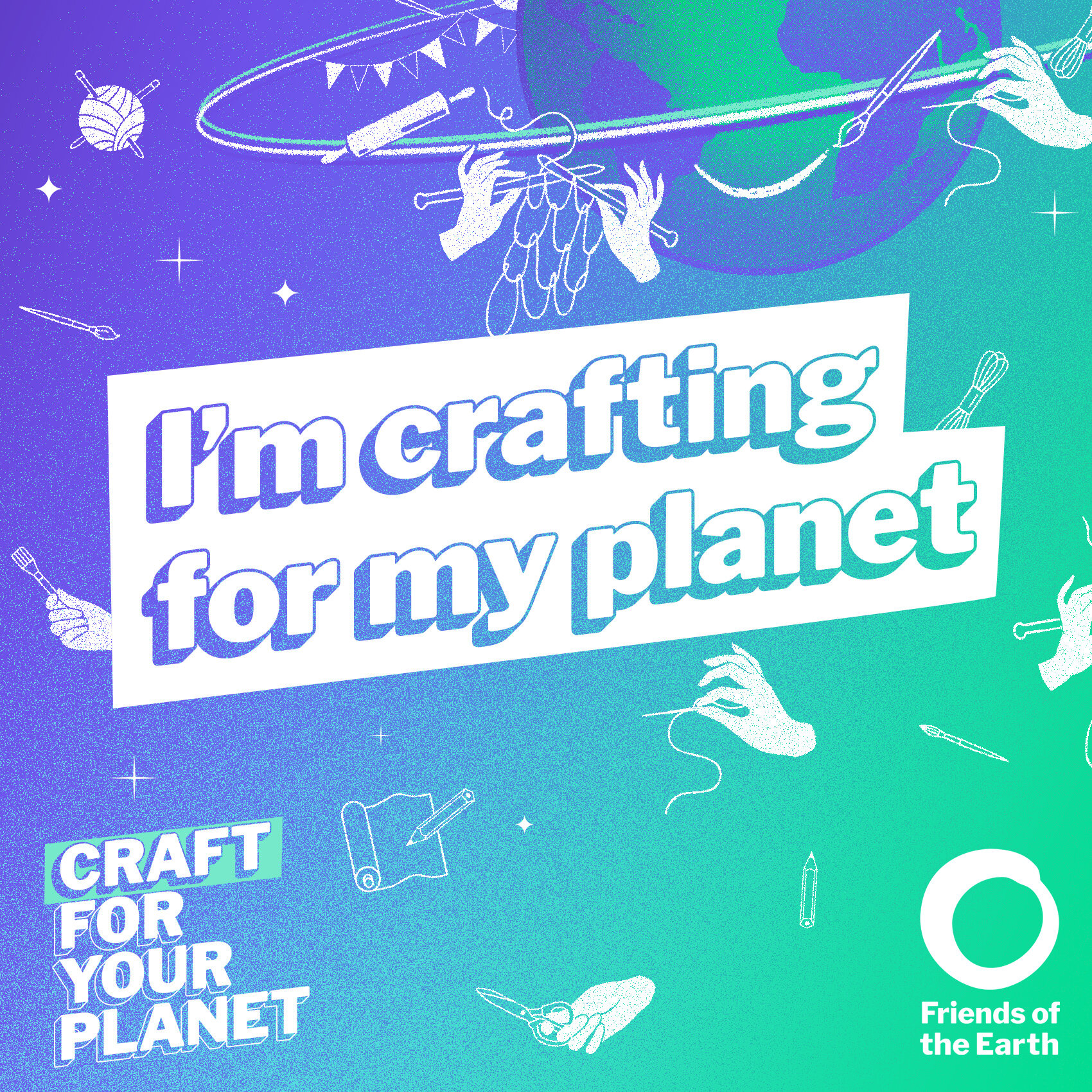A lovely little half hour to myself just drawing.
Our gallery is usually a rather quiet, reflective space, but not this Saturday. This Saturday our gallery was full of activity and full of drawing.
Our exhibition ‘Georgia O’Keeffe: Memories of Drawings’ presents 21 drawings by Georgia O’Keeffe from key moments throughout her career, many of these were completed early on.
“I was going to begin to make drawings. I thought, well I have a few things in my head that I never thought of putting down. But nobody else taught me. And I was going to begin with charcoal and I wasn’t going to use any colour until I couldn’t do what I wanted to do with charcoal. And went on from there,” said O’Keeffe.
Taking a lesson from O’Keeffe’s passion for drawing with charcoal and the possibilities of expression through the medium, we invited drawing tutor Claire Sandars to spend a day in the gallery and to get people drawing.
Armed with paper, charcoal—thank you so much Daler-Rowney for supporting the day with a ready supply of willow charcoal—and a range of O’Keeffe inspired drawing prompts (flowers, shells, animal skulls and even an antler) we got to it and drew.
“I went along as I saw that [New Brewery Arts] was holding a charcoal workshop, and I haven’t picked up a piece in probably a decade; so I had a lovely little half hour to myself just drawing.”
We also smudged, looked and were expressive. One person made their drawing into a crown, and a family drew in a far more ‘performative’ way than we’d ever imagined.
Like O’Keeffe, drawing with charcoal freed up the drawing style and took us away from the still-life and towards more abstract shapes. But also like O’Keeffe, there is still more we want to do with charcoal.
Georgia O’Keeffe: Memories of Drawing runs until 15 June 2024. The touring exhibition comes to us from the Hayward Gallery at the Southbank Centre, London.







